Technical Equipment
Technical equipment of the Institute for Waste Management and Circular Economyat the TU Dresden site in Pirna-Copitz
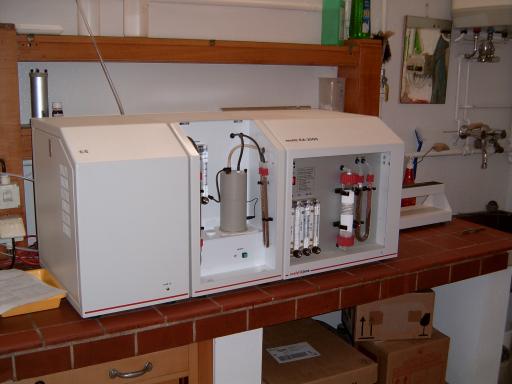 Source: Dresden Technology Portal
Source: Dresden Technology Portal
Elemental Analyzer C/S Max
To the instrument
By thermal digestion, the sample-specific element contents of sulphur and carbon can be determined by application of the elemental analyzer.
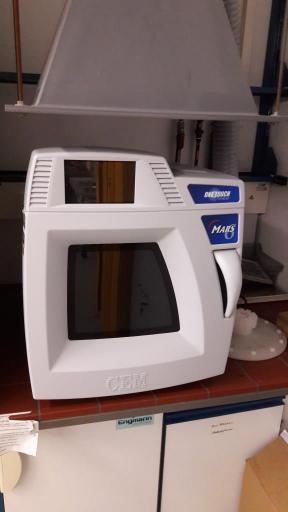 Source: Dresden Technology Portal
Source: Dresden Technology Portal
Microwave
To the instrument
http://www.cem.de/index.html?
http://www.cem.de/documents/produkte/mikro_aufschluss/mars5.htm
 Source: Dresden Technology Portal
Source: Dresden Technology Portal
TKN Analyzer
To the instrument
The determination of organically bounded nitrogen (called TKN), is realized by a digestion and steam distillation with addition of sulfuric acid, sodium hydroxide and suitable catalysts.
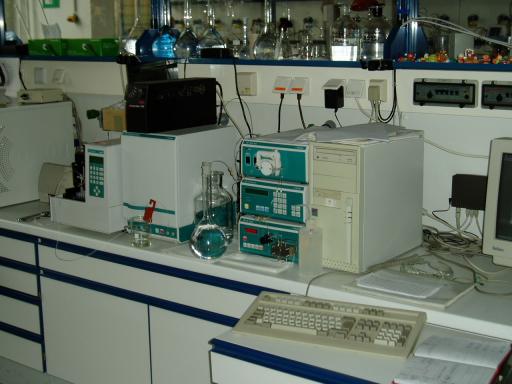 Source: Dresden Technology Portal
Source: Dresden Technology Portal
Ion Chromatography
To the instrument
Ion chromatography allows the determination of anions (e.g. chloride, sulfate, nitrate, nitrite and phosphate), cations as well as organic acids from liquid sample materials.
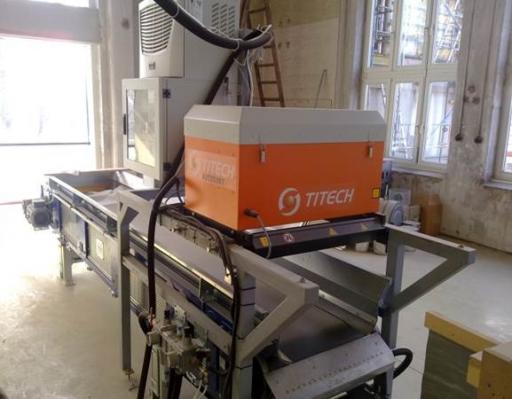 Source: Dresden Technology Portal
Source: Dresden Technology Portal
Near-infrared detector sorting system
To the instrument
Nahinfrarot-Detektor
Am Institut ist ein Nahinfrarot-Detektor inklusive Förderband installiert. Dieses Scanner-System ermöglicht die online-Analyse verschiedenen Abfall- und Reststoffströme…
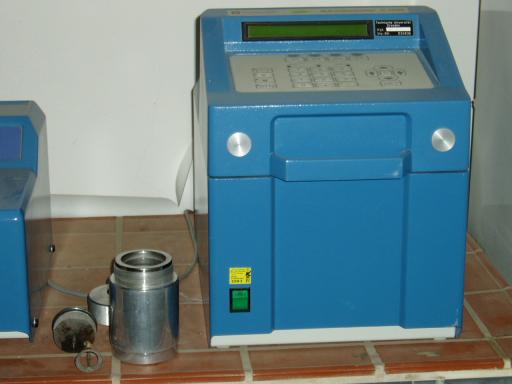 Source: Dresden Technology Portal
Source: Dresden Technology Portal
Calorimeter
To the instrument
In addition to the possible digestion of samples for subsequent analysis by using ion chromatography the calorimeter is also used to determine sample-specific energy contents.
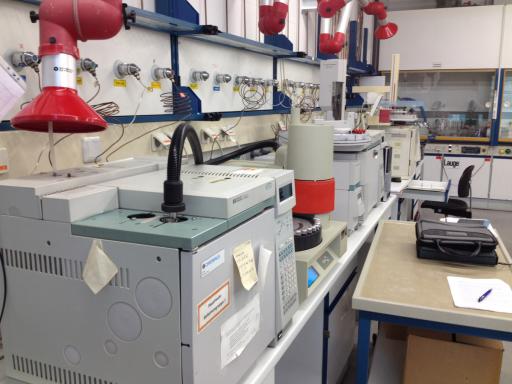 Source: Dresden Technology Portal
Source: Dresden Technology Portal
Gas Chromatograph (GC)
To the instrument
By using gas chromatography at the institute the chromatograph can be coupled with a mass spectrometry for the analysis of polycyclic aromatic hydrocarbons and phenols.
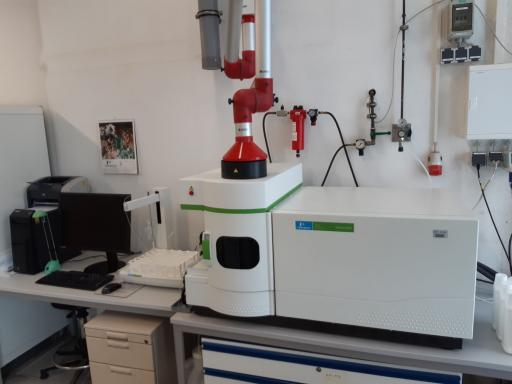 Source: Dresden Technology Portal
Source: Dresden Technology Portal
Inductively Coupled Plasma Spectrometer - Optical Emission Spectroscopy (ICP-OES)
To the instrument
Optical emission spectrometry with inductively coupled plasma (ICP-OES),
wavelength spectrum: 165-190 nm with resolution of < 0.009 nm @ 200 nm.
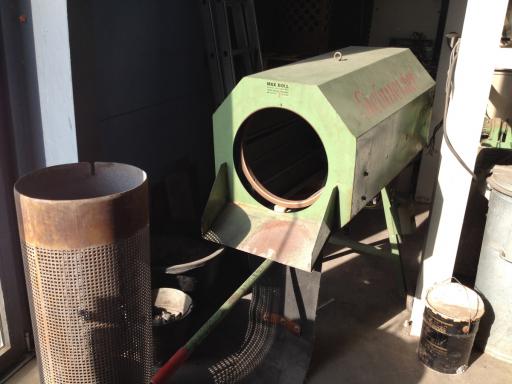 Source: Dresden Technology Portal
Source: Dresden Technology Portal
Drum sieve
To the instrument
By using a drum sieve larger amounts of solid samples can be classified in various grain sizes.
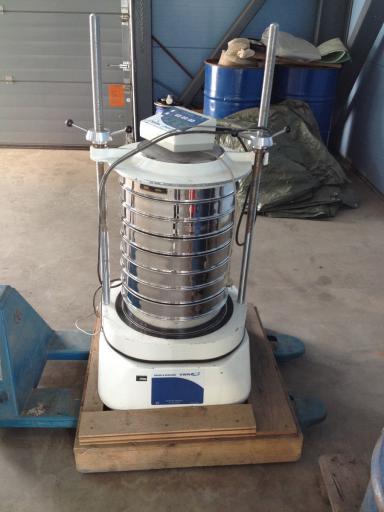 Source: Dresden Technology Portal
Source: Dresden Technology Portal
Sieve Shaker
To the instrument
At the institute several sieve stacks are used to analyze the distribution of particle sizes of solids.
